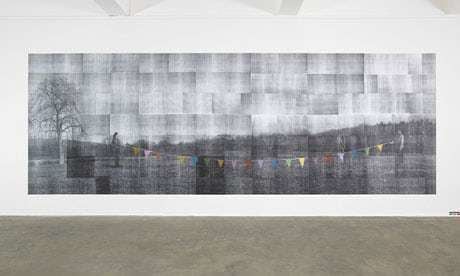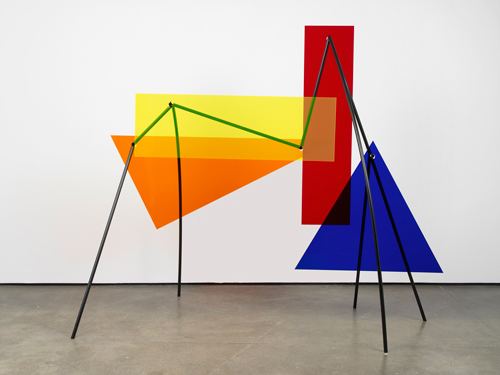 | ||
Future generation art prize 2012 amalia pica argentina
Amalia Pica (born 1978 in Nequén, Argentina) is a London-based Argentinian artist who explores metaphor, communication, and civic participation through sculptures, installations, photographs, projections, live performances, and drawings.
Contents
- Future generation art prize 2012 amalia pica argentina
- Amalia pica s asamble at peckham square london
- Early life and education
- Influences and Work
- A B C 2013
- Catachresis 2011 12
- Venn diagrams under the spotlight 2011
- Hora Catedra 2002
- Exhibitions
- Recognition and awards
- References
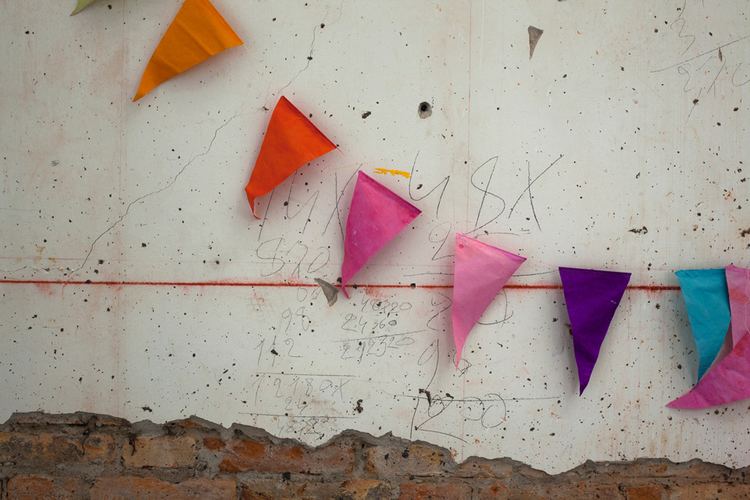
Amalia pica s asamble at peckham square london
Early life and education
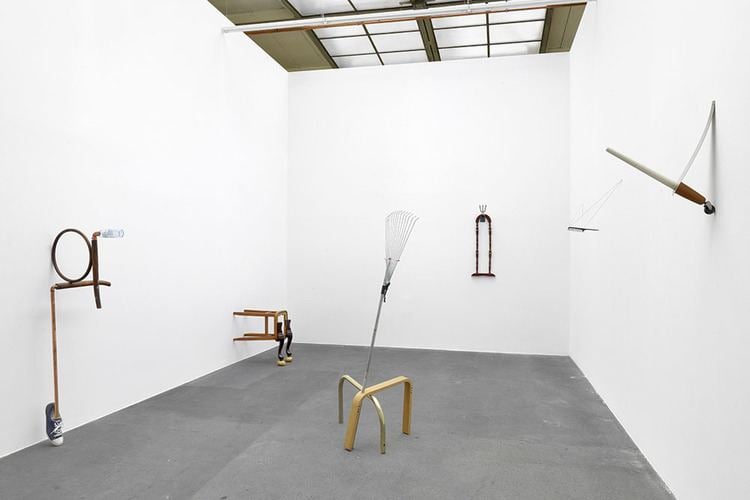
Amalia Pica was born in Nequén, Argentina, in 1978. She earned a BA from the Escuela Nacional de Bellas Artes Prilidiano Pueyrredón in Buenos Aires in 2003. From 2004 to 2005, she held an artist residency at the Rijksakademie van beeldende kusten.
Influences and Work
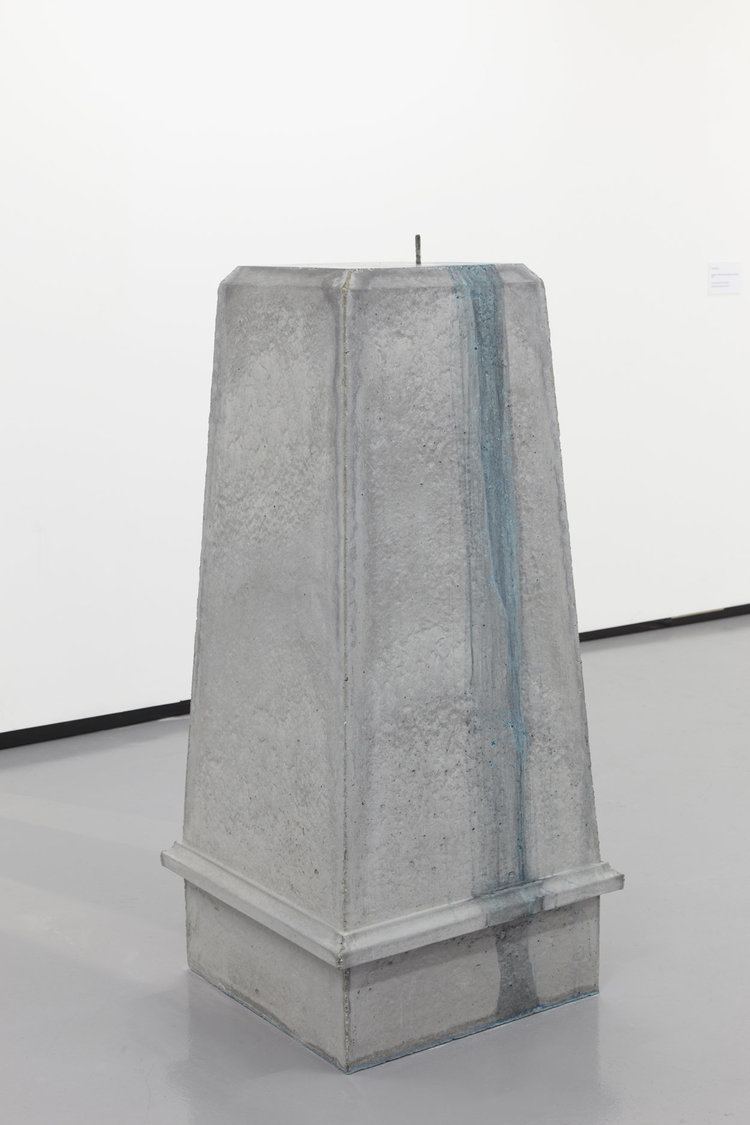
Pica was born in the late 1970s during the Dirty War, a period of state terrorism in Argentina. In light of this fact, Pica's work raises questions about the role of government, language and communication, and human connections. Much of her work explores fundamental issues of communication, such as the acts of delivering and receiving messages (verbal or nonverbal) and the various forms these exchanges may take.
Victor Grippo, Cildo Meireles, Lygia Clark and Hélio Oiticica, among others, were the artists that Pica first studied.
A ∩ B ∩ C (2013)
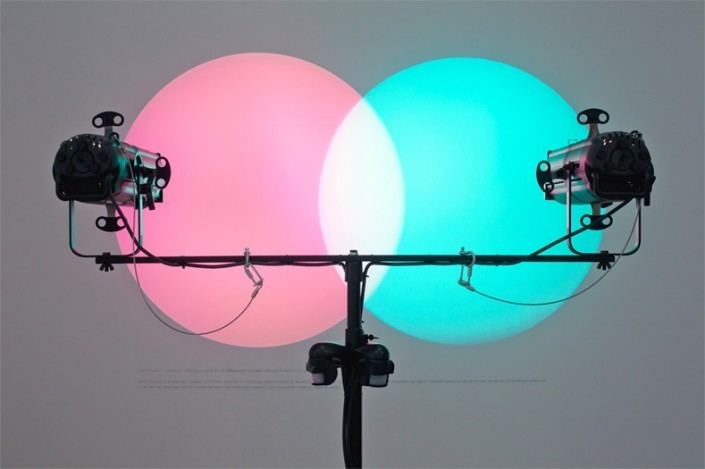
In A ∩ B ∩ C (read as A intersection B intersection C), Amalia Pica uses translucent colored Perspex shapes, with which performers will produce different compositions in front of the audience. The notion of intersection links to the idea of collaboration and community. This artwork is a performative manifestation of Venn diagrams, which were forbidden from being taught in elementary schools during the 1970s, as the concept of intersection and collaboration were seen as potentially subversive by the Argentinian dictatorship.
Catachresis (2011-12)
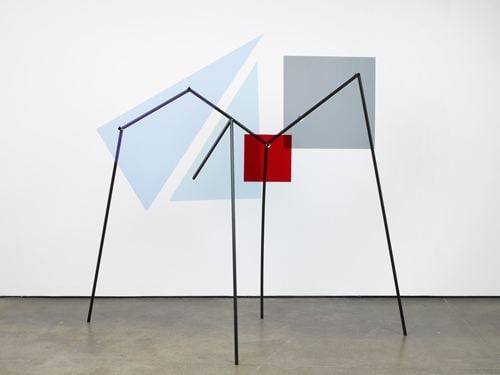
Metaphors are also part of Pica's work, as she uses figures of speech to describe things that have no name. "An object that has no name—that, in a way, escapes language—by invoking something entirely unrelated. Hence, we get phrases like ‘leg of the chair’ or ‘neck of the bottle’ which attach human qualities to inanimate things. Objects have a space and a weight, a physical presence that eludes language. You can’t speak an object: you have to speak around it. Metaphors are a way of doing that. In a sense, when we talk about the world, it's always in metaphors." Pica's Catachresis merges distinct and contrasting found materials, such as the leg of a table or the elbow of a pipe, to construct sculptural forms that become new tools of communication and take on identities of their own.
Venn diagrams (under the spotlight) (2011)
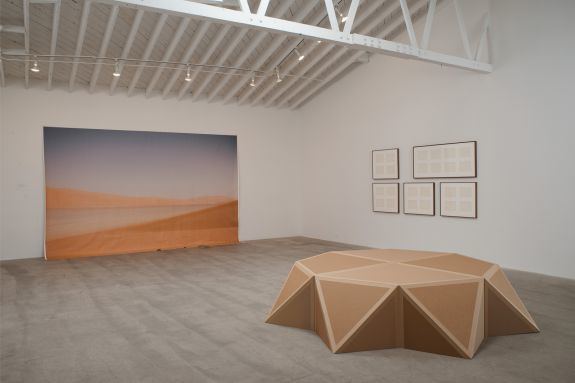
Pica's interest in the relationship between text and image is evident in Venn Diagrams (under the Spotlight), which consists of two colored circles of light cast from theater spotlights to form a Venn diagram. The Argentinian government banned this diagram from being taught in classrooms in the 1970s, as it was thought to be an incendiary model of social collaboration. "The two circles of light are nothing but forms until the caption situates them historically, cluing you to their perception as subversive in the context of Argentinian dictatorship in the 1970s. I’m interested in the ideas that we project onto images and objects: how they resist as much as accommodate them."
Hora Catedra (2002)
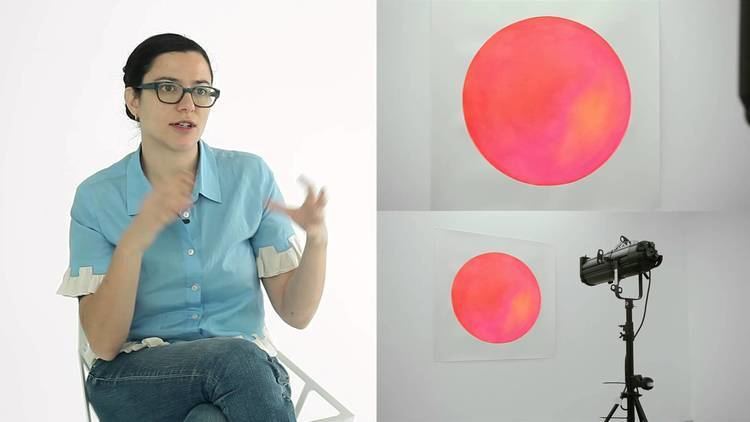
Pica is also fascinated with childhood. Possibly her best-known early work, Hora Catedra, explores the lessons and themes of childhood and how they irrevocably stay with us through adult life. In Hora Catedra, Pica proves how what we internalize during our childhood will accompany us through adult life: most Argentinians believe The House of Tucuman, the site of Argentina's Declaration of Independence, to be yellow, as it is shown in children's books. However, it is actually white. The 2002 site-specific installation bathed the building in a bright yellow light, in reference to the misconception.
Exhibitions
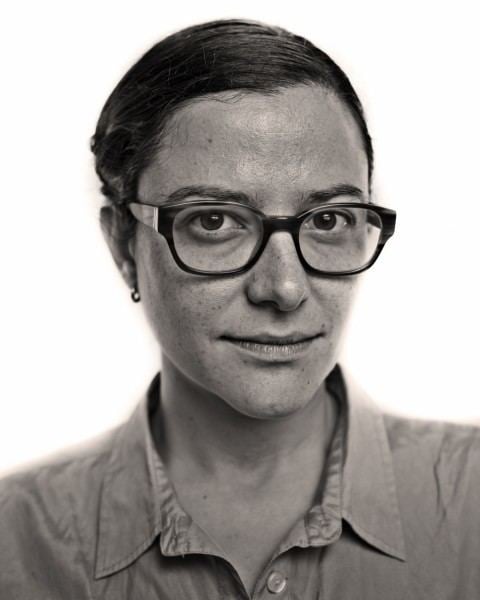
Amalia Pica's work has been exhibited at the Museum of Contemporary Art in Chicago, the Venice Bienniale, and the Tate Modern in London. In 2014, her work was included in the group exhibition, Under the Same Sun, presented at the Guggenheim Museum in New York. Her artwork is part of MACBA, and the Guggenheim's collection.
Recognition and awards
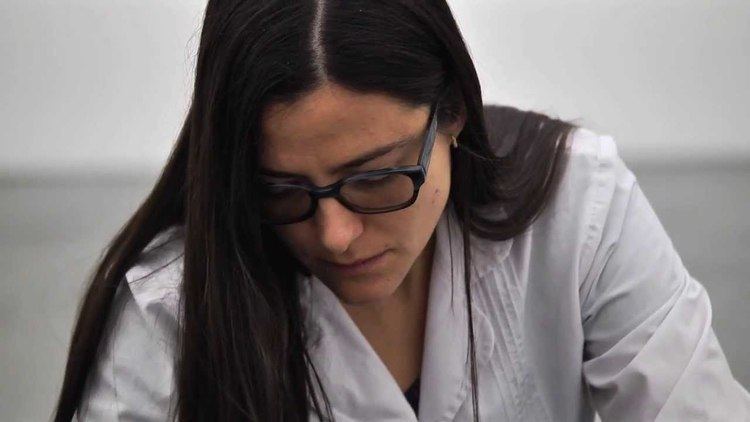
Amalia Pica was awarded a CIFO grant, from the Cisneros Fontanals Art Foundation, in 2011. In that same year, her work was part of the ILLUMInazioni project in the Venice Biennale. Also in 2011, Pica received the illy Prize—aimed at celebrating the most innovative artist of the international art fair Art Rotterdam—and the Paul Hamlyn Foundation Award, established by one of the largest independent grant-making foundations in the UK.
In 2013 she was one of the finalists for the Pinchuk Foundation's Future Generation Art Prize.
